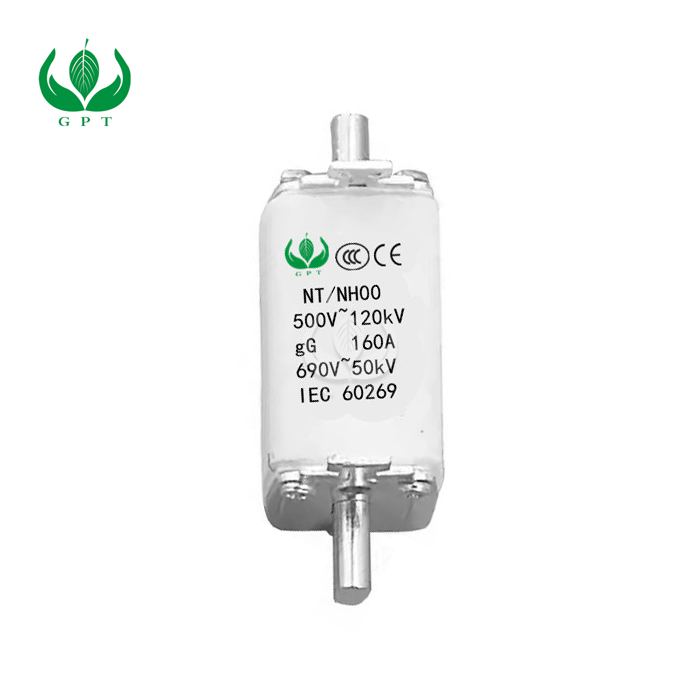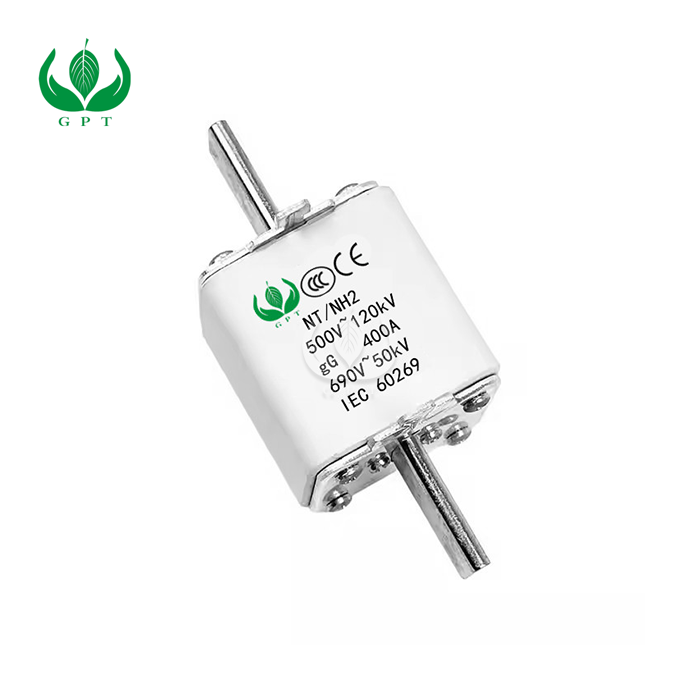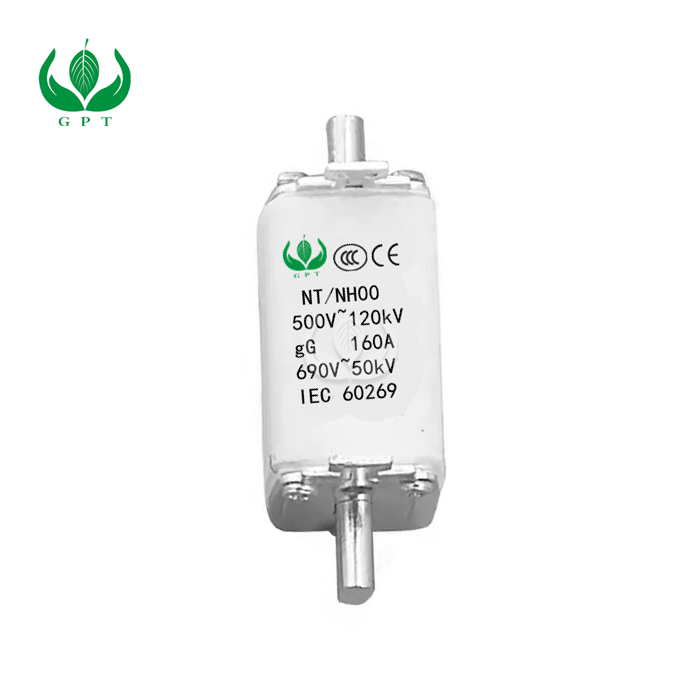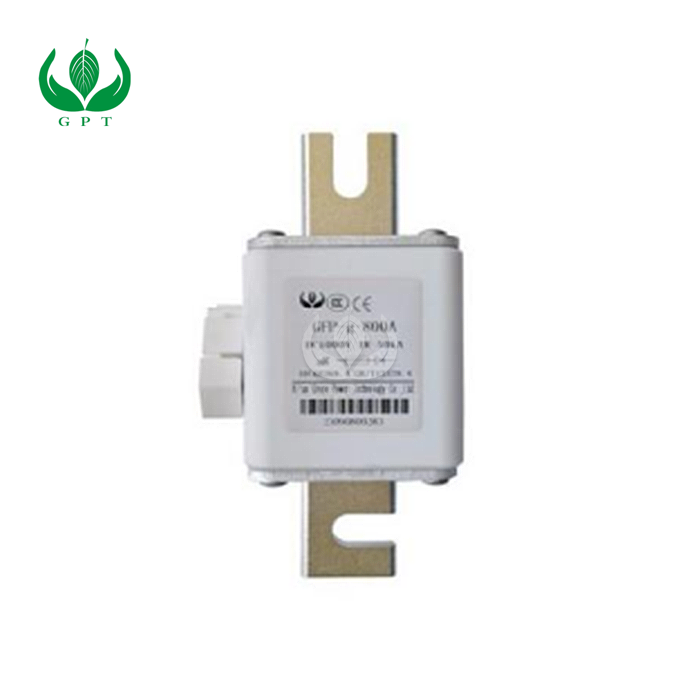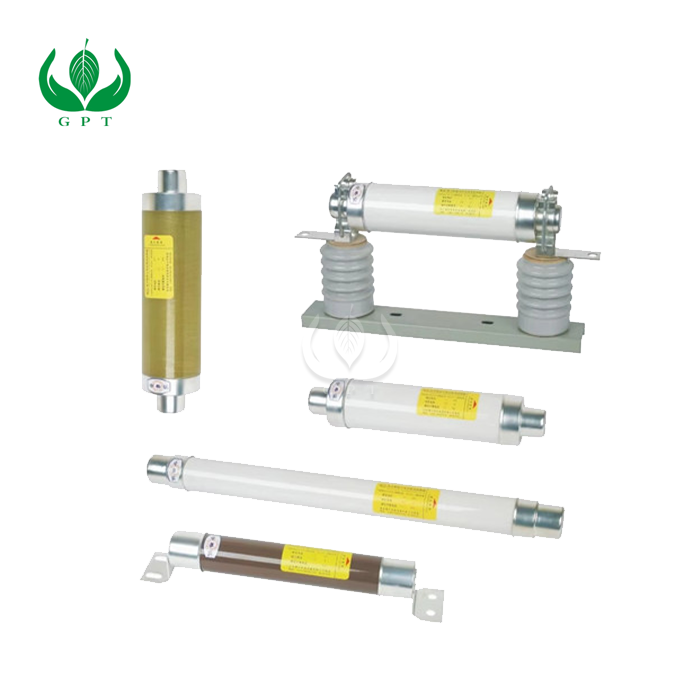Electric vehicle charging infrastructure relies on many safety components working together seamlessly. Among these critical elements, EV charger fuses serve as silent guardians protecting both your charging equipment and vehicle. These specialized protective devices prevent electrical overloads and short circuits that could damage expensive charging systems or create safety hazards. Whether you're a new EV owner, facility manager, or simply curious about charging technology, understanding how these fuses work helps ensure safe and reliable charging experiences.
What Are EV Charger Fuses and Why Do They Matter?
The Basic Function of Charging System Fuses
EV charger fuses act as sacrificial components designed to break electrical circuits when current flow exceeds safe levels. Unlike traditional automotive fuses, these specialized devices handle much higher voltages and currents found in modern charging systems. They contain carefully engineered metal elements that melt at specific temperatures, instantly disconnecting power flow during fault conditions.
These protective devices differ from household fuses in several ways. Charging system fuses must withstand repeated power cycles, temperature variations, and electromagnetic interference common in high-power charging environments. Their construction uses advanced materials like silver-plated copper contacts and ceramic housings that resist degradation over thousands of charging sessions.
Types of Fuses in EV Charging Applications
Modern charging stations employ multiple fuse types throughout their systems. AC input fuses protect against utility power fluctuations and equipment failures. DC output fuses safeguard vehicle batteries from charging circuit malfunctions. Control circuit fuses shield sensitive electronics managing charging protocols and communication systems.
Fast-acting fuses respond within milliseconds to short circuits, while time-delay versions tolerate brief current surges during charging startup. Some advanced designs incorporate temperature sensing elements that trigger protection before dangerous heat buildup occurs. Each type serves specific protection needs within the complex charging ecosystem.
Safety Benefits and Equipment Protection
Properly selected EV charger fuses prevent catastrophic failures that could damage vehicles, charging stations, or electrical infrastructure. They stop arc flash events that pose serious injury risks to users and technicians. By interrupting fault currents quickly, these devices minimize heat damage to cables, connectors, and internal components.
Insurance companies and safety standards organizations recognize fuse protection as essential for charging installations. Many jurisdictions require specific fuse ratings and types for public charging stations. This regulatory emphasis reflects the critical role these components play in preventing electrical fires and equipment damage that could cost thousands in repairs.
How to Choose the Right Fuse for Your EV Charging System?
Understanding Voltage and Current Ratings
Selecting appropriate fuses starts with understanding your charging system's electrical characteristics. Level 1 chargers operating at 120V typically require 15-20 amp fuses. Level 2 systems at 240V commonly use 30-80 amp protection depending on charger capacity. DC fast chargers demand specialized high-voltage fuses rated for 400-1000V operation.
Current ratings must exceed normal charging loads while providing reliable protection during faults. Industry guidelines recommend fuses rated at 125% of maximum continuous current. This margin prevents nuisance tripping while ensuring rapid response to genuine overloads. Temperature derating factors also influence selection, as fuses carry less current safely in hot environments.
Environmental and Installation Considerations
Outdoor charging installations face temperature extremes, moisture, and vibration that affect EV charger fuses performance. Sealed fuse holders prevent corrosion from rain and road salt exposure. Conformal coatings on fuse elements resist humidity-induced degradation. Spring-loaded contacts maintain reliable connections despite thermal expansion and mechanical stress.
Proper fuse holder selection proves equally important as the fuse itself. Finger-safe designs prevent accidental contact with live terminals during maintenance. Visual indication features show blown fuse conditions without requiring removal. Quick-disconnect holders enable rapid replacement minimizing charger downtime.
Matching Fuses to Charger Types and Standards
Different charging standards specify particular fuse requirements. CHAdeMO systems use specific DC fuse types meeting Japanese industrial standards. CCS chargers follow European or North American electrical codes requiring different protection schemes. Tesla Superchargers employ proprietary fuse designs optimized for their high-power architecture.
Aftermarket fuse upgrades must maintain original equipment specifications to preserve safety certifications. Using incorrect fuse types voids warranties and may violate electrical codes. Consulting manufacturer documentation ensures replacement fuses meet all technical requirements including breaking capacity, voltage rating, and physical dimensions.
Common Issues and Maintenance Tips for EV Charger Fuses
Recognizing Signs of Fuse Problems
Blown EV charger fuses typically cause complete charging failure, but degraded fuses create intermittent problems before failing entirely. Slow charging speeds may indicate high resistance from corroded fuse contacts. Unusual heating around fuse holders suggests poor connections requiring immediate attention. Discolored or warped fuse bodies reveal past overheating events.
Modern charging systems often include diagnostic features reporting fuse status. Error codes referencing "input protection" or "DC link fault" frequently trace back to fuse issues. Some advanced chargers measure fuse resistance during self-tests, alerting operators before complete failure occurs.
Preventive Maintenance Best Practices
Regular visual inspections catch problems before they cause charging interruptions. Checking fuse holder tightness prevents resistance heating from loose connections. Cleaning oxidized contacts with appropriate electrical cleaners restores optimal conductivity. Recording fuse replacement dates helps identify unusual failure patterns suggesting underlying system problems.
Environmental sealing requires periodic verification, especially in coastal areas with salt air exposure. Replacing weathered gaskets and seals prevents moisture intrusion that accelerates corrosion. Thermal imaging during peak charging loads reveals hot spots indicating degraded connections or undersized fuses.
When Professional Service Becomes Necessary?
While basic fuse replacement seems straightforward, several situations demand professional expertise. Repeated fuse failures suggest system faults requiring diagnostic equipment to locate. Arc damage around fuse holders indicates serious problems potentially affecting safety. Modifications to increase charging capacity must include proper fuse upgrade calculations.
Licensed electricians understand code requirements and safety procedures for high-voltage systems. They possess specialized tools for testing insulation resistance and verifying proper grounding. Professional service ensures repairs maintain equipment certifications and comply with local regulations.
Conclusion
Knowing how EV charger fuses work helps owners and operators keep their charging systems safe and dependable. These important safety parts keep expensive equipment safe and stop dangerous electrical problems from happening. If you choose, install, and maintain charging system fuses correctly, they will work without any problems for years. As more people buy electric cars, it becomes more important for everyone who works on charging infrastructure to know about these basic safety devices.
FAQs
How often should EV charger fuses be replaced?
Quality fuses last many years under normal conditions. Replace them only when blown or showing visible damage like discoloration or corrosion.
Can I use automotive fuses in my home EV charger?
No, automotive fuses lack proper voltage ratings for charging applications. Always use fuses specifically designed for your charger model.
What causes EV charger fuses to blow frequently?
Repeated fuse failures indicate problems like loose connections, undersized wiring, or faulty charging equipment requiring professional diagnosis.
Professional EV Charging Protection Solutions | Green Power
Xi'an Green Power Technology specializes in manufacturing high-quality EV charger fuses engineered specifically for electric vehicle charging applications. Our comprehensive product line includes AC and DC fuses meeting international safety standards for all charging levels. With ISO9001, IATF16949, and multiple safety certifications, we deliver reliable protection components to charging equipment manufacturers worldwide. Our technical team provides custom fuse solutions optimized for your specific charging system requirements. Contact our experts at fusemaker@163.com to discuss your EV charging protection needs.
References
International Electrotechnical Commission. (2023). IEC 62752: In-Cable Control and Protective Devices for Mode 2 Charging of Electric Road Vehicles. IEC Publications.
Society of Automotive Engineers. (2024). SAE J1772: Electric Vehicle and Plug-in Hybrid Electric Vehicle Conductive Charge Coupler Standard. SAE International.
National Fire Protection Association. (2023). NFPA 70: National Electrical Code Requirements for Electric Vehicle Charging Systems. NFPA Publications.
Institute of Electrical and Electronics Engineers. (2024). IEEE 1547: Standard for Interconnection and Interoperability of Distributed Energy Resources. IEEE Standards Association.
Underwriters Laboratories. (2023). UL 2594: Standard for Electric Vehicle Supply Equipment Protective Devices. UL Standards & Engagement.
Electric Power Research Institute. (2024). Guidelines for EV Charging Infrastructure Protection and Safety Systems. EPRI Technical Report Series.



_1752570870823.webp)

